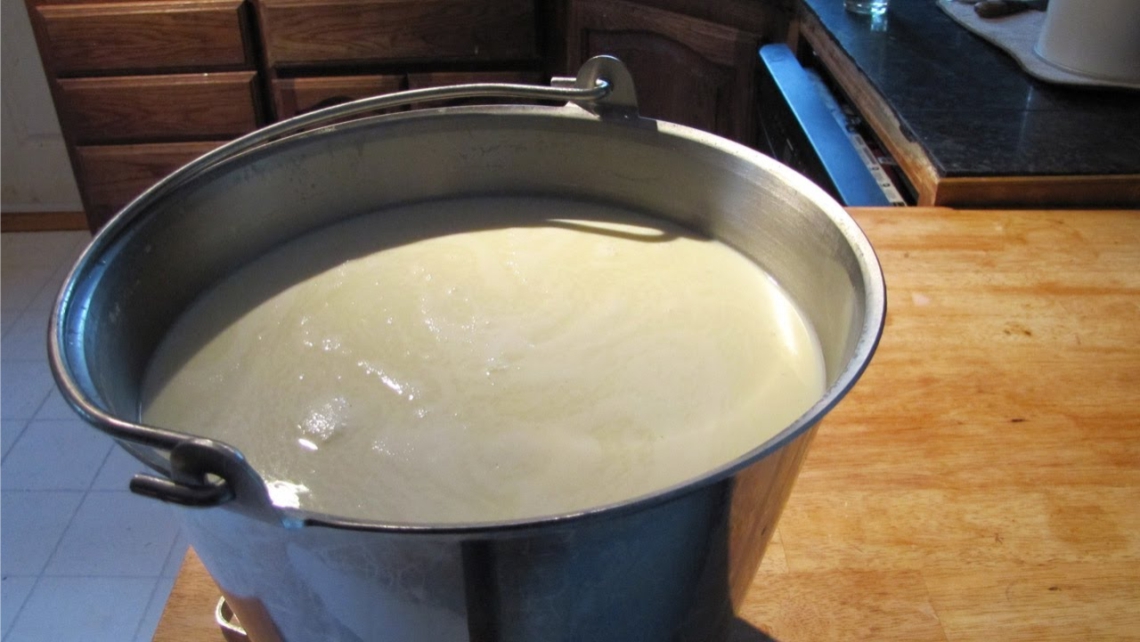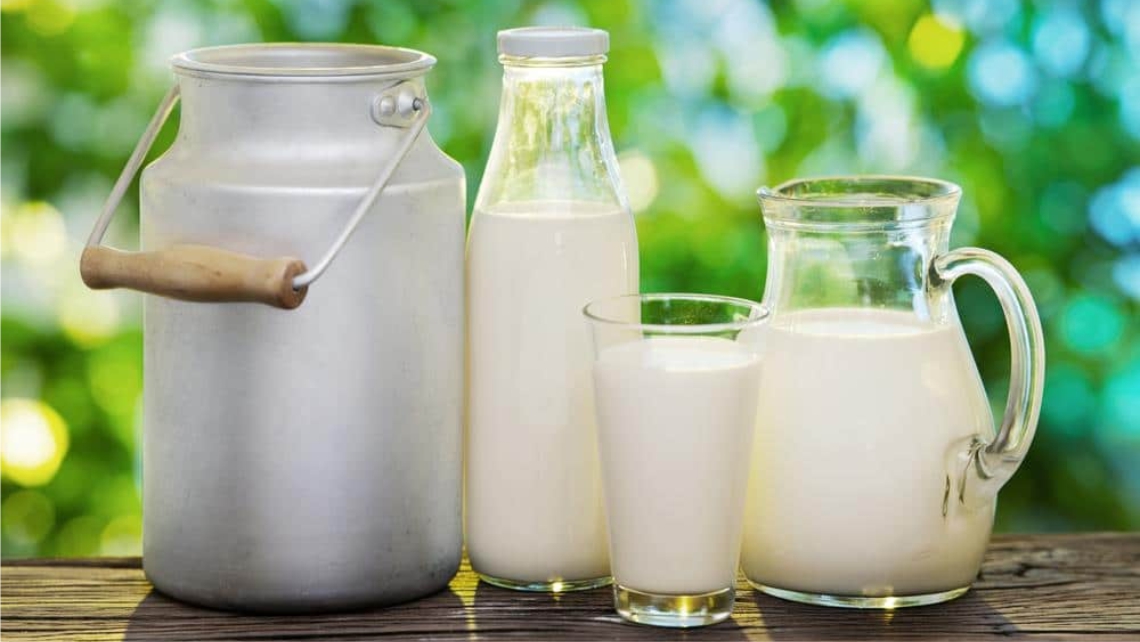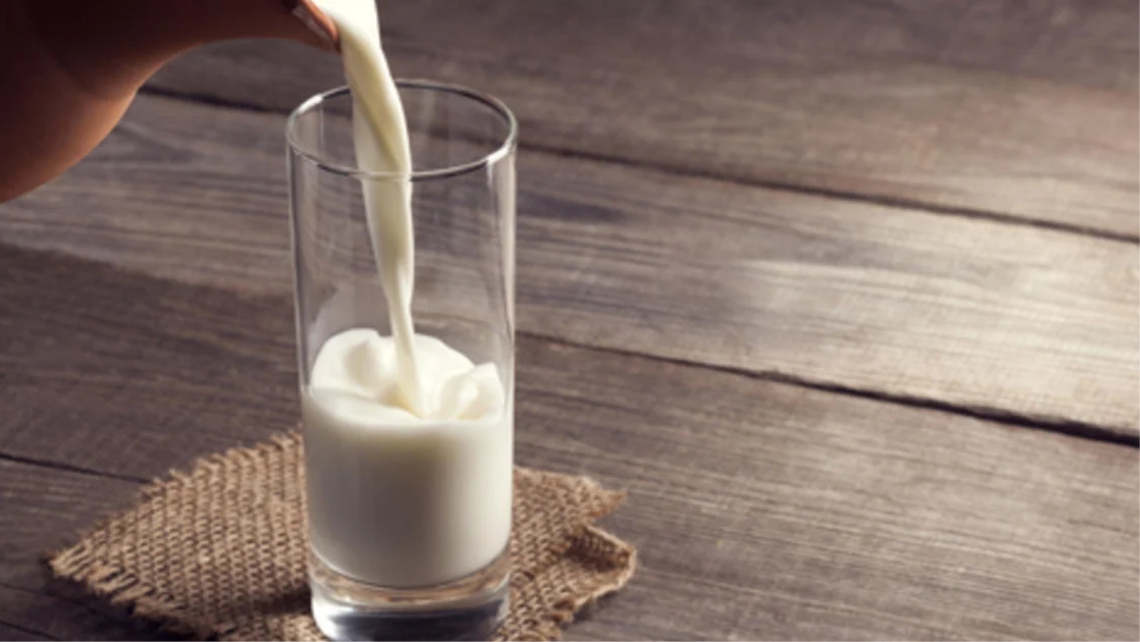MILK PASTEURIZATION
OCT 29, 2013/VRINDAVAN FARMS
What is Pasteurization?
Pasteurization is a process that slows microbial growth in food. Not intended to kill all pathogens: Pasteurization is not intended to kill all pathogenic micro-organisms in the food or liquid, but aims to reduce the number of viable pathogens so they are unlikely to cause disease. There are two main types of pasteurization used today:
- High Temperature/Short Time (HTST): 161°F for 15-20 seconds
- Ultra-Heat Treated (UHT): 280°F for fraction of second
Both treatments involve rapid heating by forcing the milk between super heated stainless steel plates
Destruction of Built-In Safety Systems by Pasteurization - I
| Component | Breast Milk | Raw Milk | Pasteurized Milk | UHTMilk | Infant Formula |
|---|---|---|---|---|---|
| B-lymphocytes | active | active | inactivated | inactivated | inactivated |
| Macrophages | active | active | inactivated | inactivated | inactivated |
| Neutrophils | active | active | inactivated | inactivated | inactivated |
| Lymphocytes | active | active | inactivated | inactivated | inactivated |
| IgA/IgG Antibodies | active | active | inactivated | inactivated | inactivated |
| B12 Binding Protein | active | active | inactivated | inactivated | inactivated |
| Bifidus Factor | active | active | inactivated | inactivated | inactivated |
| Medium-Chain Fatty Acids | active | active | reduced | reduced | reduced |
| Fibronectin | active | active | inactivated | inactivated | inactivated |
| Gamma-Interferon | active | active | inactivated | inactivated | inactivated |
| Lactoferrin | active | active | reduced | inactivated | inactivated |
| Lactoperoxidase | active | active | reduced | inactivated | inactivated |
| Lysozyme | active | active | reduced | inactivated | inactivated |
| Mucin A/Oligosaccharides | active | active | reduced | inactivated | inactivated |
| Hormones & Growth Factors | active | active | reduced | reduced | inactivated |
Destruction of Built-In Safety Systems by Pasteurization - II
- Milk’s anti-microbial properties have been detailed only recently, but the destruction of protective properties was recognized as early as 1938 in studies showing that raw milk did not support the growth of a wide range of pathogens.
- Researchers noted that heating milk supports the growth of harmful bacteria by inactivating "inhibins" (factors that inhibit bacterial growth)
Pasteurized Milk = Increasing Health Problems in Children
- Allergies
- Asthma
- Frequent Ear Infections
- Gastro-Intestinal Problems
- Diabetes
- Auto-Immune Disease
- Attention Deficit Disorder
- Constipation
Other Problems with Industrial (Processed) Milk
- Allowed levels of antibiotics. Only a few of at least 26 types are tested for
- No labeling required for rBST
- Homogenization increases risk of rancidified fats
- Added Milk Solids and Milk Protein Concentrates
- Does not sour properly but decomposes (putrifies) making it useless for many purposes
- Ultrapasteurized milk cannot be used to make cheese, which means it is indigestible
- Grain fed cattle: implications
- Unsanitary conditions at pasteurized milk producers
- Is NOT the same as raw milk nutritionally! (enzymes, proteins, microorganisms)
Source: Campaign for real milk (realmilk.com)



